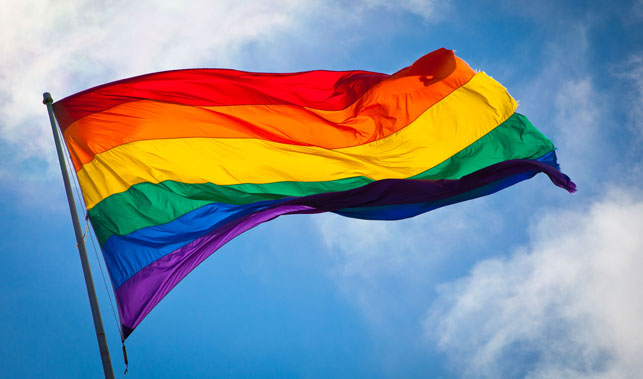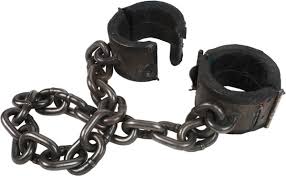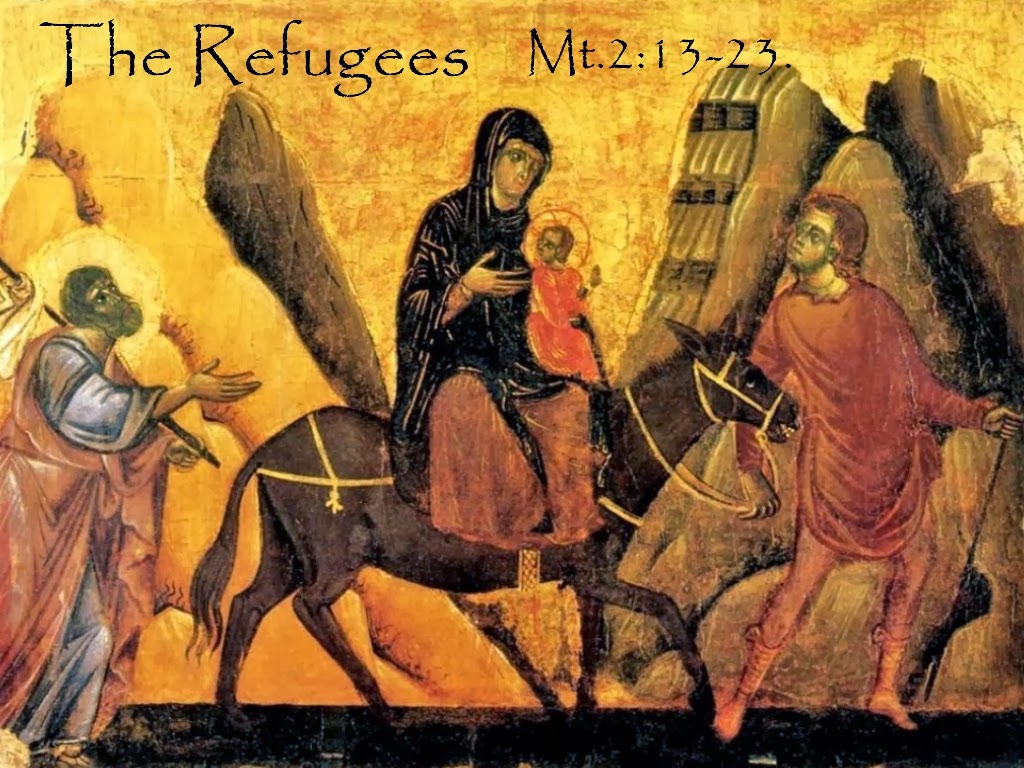Church Militant continues to claim that Fr. James Martin is a heretic while misrepresenting his book, Building a Bridge. While it is certainly painful to see a good priest attacked in this public way for his attempts to create spaces for dialogue in the church, what is particularly troubling to me is the way that Church Militant employs sin-talk and shaming discourse. Among the list of their complaints: “Fr. Martin publicly suggests that God created homosexuals that way.” Despite the fact that medical and mental health professionals have long noted the dangers of so-called conversion therapies or reparative therapies, some Catholic groups continue to promote this poisonous way of thinking. My concern is that conversion therapy, and any so-called pastoral advice that affirms it, reinforces shame for the LGBTQ person. Shame can be toxic and can stifle the person’s growth and integration. Toxic shame is a persistent feeling of worthlessness, humiliation, and self-loathing. Theologically, it is the opposite of imago Dei. And the consequences can be deadly. Lesbian, gay, and bisexual youth seriously contemplate suicide at three times the rate of heterosexual youth. Families who reject their LGBTQ children only make it worse: Lesbian, gay, and bisexual youth who come from highly rejecting families are 8.4 times as likely to have attempted suicide as lesbian, gay, and bisexual peers who reported no or low levels of family rejection. It is these realities that Fr. Martin’s book is trying to name. Many LGBTQ members of the church have experienced shaming discourse within church settings and in Catholic families. We need to give families the resources–including theological resources but also resources that align with the best data in public health, mental health, and social sciences–to enable them to support one another in loving ways. Fr. Martin’s book does not have a list of easy answers. Instead, it proposes a method that includes an ongoing conversation of mutual speaking and mutual listening. But for any kind of listening to take place, there has to be a sense of trust first. We have to begin with accompaniment, not shouting matches. It starts with humility and vulnerability and a desire to really know what someone else’s experience is like, even if that experience is different from one’s own.
Frank Bidart’s poetry speaks to the courage it takes to come out as gay. From “Queer”:
Lie to yourself about this and you will forever lie about everything.
Everybody already knows everything so you can lie to them.
That’s what they want.
But lie to yourself, what you will
lose is yourself. Then you turn into them.
*
For each gay kid whose adolescence
was America in the forties or fifties
the primary, the crucial
scenario
forever is coming out—
or not. Or not. Or not. Or not. Or not.
*
Involuted velleities of self-erasure.
But Church teaching does not require “self-erasure” of LGBTQ Catholics; quite the opposite. Truth-telling about ourselves, to ourselves, and within church settings is difficult labor but part of what discipleship requires. A prayer by Kitt Cherry and Patrick Cheng, and published in Rainbow Theology, can be an empowering prayer for LGBTQ youth who are struggling with self-acceptance given the distorted messages they can hear in church settings (including Catholic ones). It reads, in part:
Rainbow Christ, you embody all the colors of the world. Rainbows serve as bridges between different realms: heaven and earth, east and west, queer and non-queer. Inspire us to remember the values expressed in the rainbow flag of the lesbian, gay, bisexual, transgender, and queer community.
Red is for life, the root of spirit. …
Orange is for sexuality, the fire of spirit. …
Yellow is for self-esteem, the core of spirit. …
Green is for love, the heart of spirit. …
Blue is for self-expression, the voice of spirit. …
Violet is for vision, the wisdom of spirit. …
Rainbow colors come together to make one light….
Rainbow Christ, you light up the world. You make rainbows as a promise to support all life on earth. In the rainbow space, we can see all the hidden connections between sexualities, genders, and races. Like the rainbow, may we embody all the colors of the world. Amen.





I think Church Militant is correct and I think you’re a heretic for agreeing with a heretic.
I think that this is a poorly articulated response to a article (and for that matter a priest) whose thoughts align with the magisterium of the Catholic Church:
“2358 The number of men and women who have deep-seated homosexual tendencies is not negligible. This inclination, which is objectively disordered, constitutes for most of them a trial. They must be accepted with respect, compassion, and sensitivity. Every sign of unjust discrimination in their regard should be avoided. These persons are called to fulfill God’s will in their lives and, if they are Christians, to unite to the sacrifice of the Lord’s Cross the difficulties they may encounter from their condition.”
It is certainly correct, and in no possible way heretical, to say that God allows people to develop same-sex attractions against their will. Nobody chooses same-sex attractions–they discover they have them. And the reason they have them is because God has allowed those attractions to occur. So, it may be the case that God did not create people to be gay–but He, in His wisdom, allowed it to happen. And there is no Catholic teaching that says He gave them the gift of celibacy.
So, what do you do when God allows you to be gay and doesn’t make you celibate? It doesn’t seem fair for Him to hold the gay person culpable of a mortal sin. It seems to be a bit unfair. I think it’s possible that for a gay person not called to celibacy, sex within an lifelong, monogamous relationship might not make him culpable of a mortal sin. It might be the best gradual step he could take.